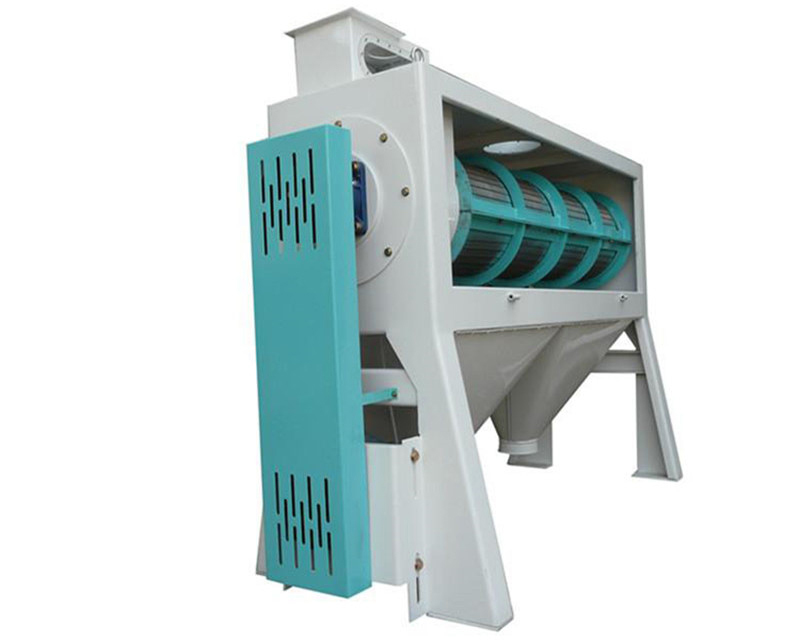The role of raw grain cleaning equipment in the grain processing industry
The role of raw grain cleaning equipment in the grain processing industry
Impurities in raw grains
In the process of seed selection, cultivation, harvesting, drying, transportation and storage, various impurities will inevitably be mixed into the grain, which will cause extremely harmful effects on product quality and processing. Therefore, cleaning the raw grains and removing impurities is an indispensable procedure in the processing.
The impurities in food can be divided into inorganic impurities and organic impurities according to their chemical composition. Mud, sand, cinder, bricks, glass fragments, metal objects and other minerals are inorganic impurities, roots, stems, leaves, glumes , Hemp rope, plant seeds, heterogeneous grains, germination, diseased spots, and insect-infested grains with no edible value are organic impurities.
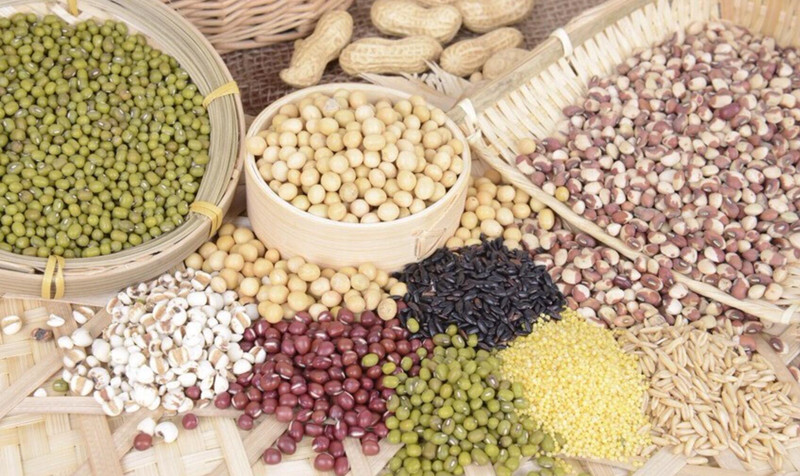
According to the classification of the physical properties of impurities in the grain, there are large impurities, small impurities, side by side magazines, light impurities, heavy impurities and magnetic metal impurities.
The purpose of grain cleaning
1. In order to improve the process effect of cleaning and processing machinery and equipment, and ensure safe production;
2. In order to improve the purity of the product and ensure the health of consumers;
3. Reduce transportation and storage costs and facilitate safe storage.
Hazards of impurities
1. If the grain contains large volume and light weight impurities such as straw, weeds, paper scraps, hemp rope, etc., it is easy to block the conveying pipeline, hinder the smooth progress of production, or block the feeding mechanism of the equipment, make the feed uneven and reduce the input Material quantity reduces the technological effect and processing capacity of the equipment.
2. If the grain contains fine impurities such as sand, dust, etc., after entering the workshop, during the process of feeding, lifting, and conveying, it will cause dust to fly, pollute the environmental sanitation of the workshop, and endanger the health of the operators.
3. The grain contains hard impurities such as rocks and metals, which can easily damage the cleaning machinery during processing, affect the process effect of the equipment, and shorten the service life of the equipment. The collision and friction between hard impurities and the metal surface of the equipment may also generate sparks, causing fires and dust explosions.
4. If any impurity in the grain is mixed into the product, it will reduce the purity of the product and affect the quality of the finished product.
Methods to remove impurities
There are many ways to clean up the impurities in the grain, mainly using the difference in the physical properties of the impurities and the grain to sort and remove impurities. Different types of impurities and grains have different physical characteristics. Therefore, corresponding technology and mechanical equipment should be used to separate magazines according to the most obvious difference between the two.
The current general methods for cleaning and removing impurities are:
Screening method: According to the difference in particle size, mainly the difference in width and thickness, a certain screen surface is selected for screening and grading to remove impurities.
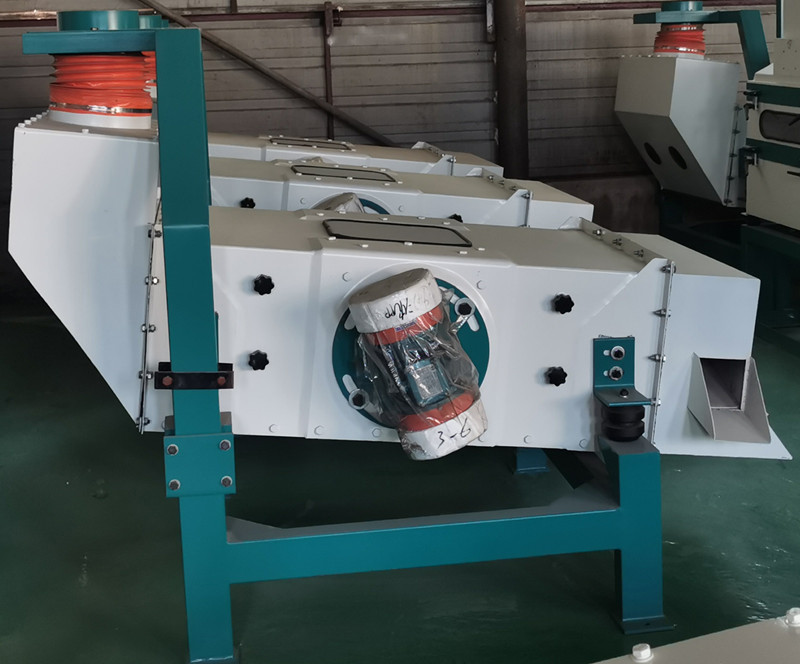
2. Winnowing method: According to the difference in aerodynamic properties of grain and impurities, airflow is used for sorting and removing impurities.
3. Selection method: According to the different particle shape and length size, the impurities are separated with the help of the working surface with certain characteristics.
4. Specific gravity sorting method: According to the different specific gravity and aerodynamic properties of grains and impurities, the combined effect of vibration and airflow is used for sorting and removing impurities.
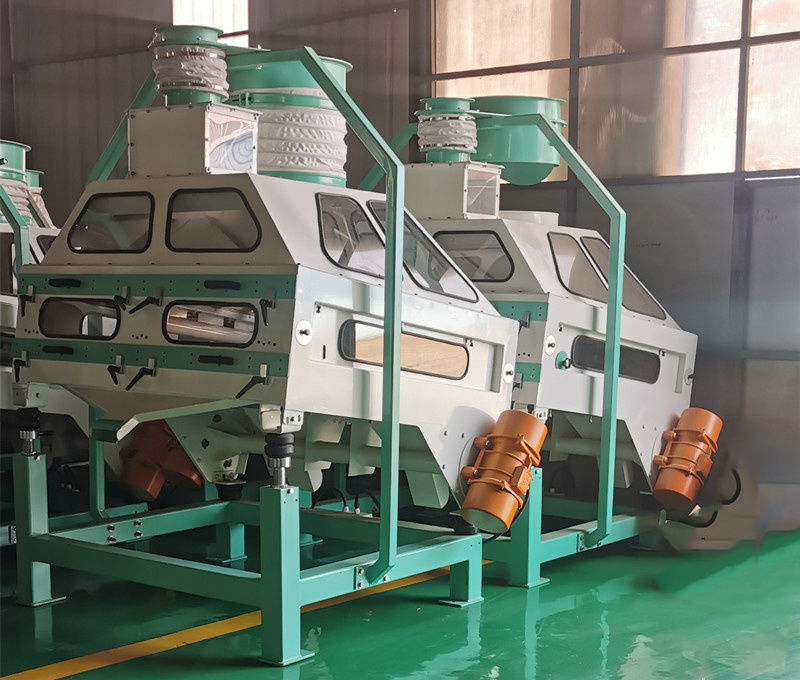
5. Magnetic separation method: According to the magnetic difference between grain and impurity particles, metal impurities are separated by magnetic field.
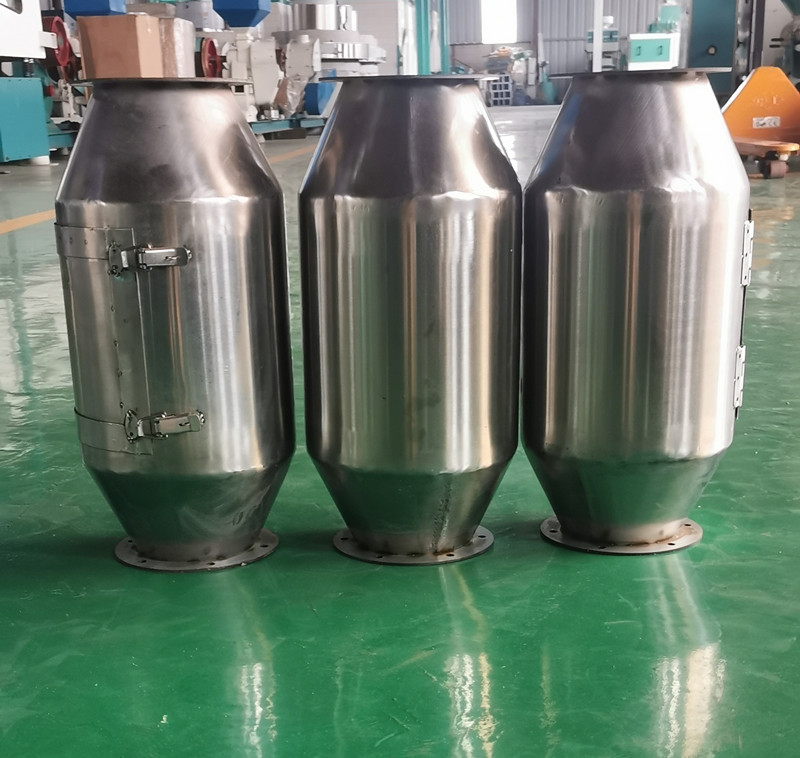
6. Impact method: According to the different particle strength, impurities are removed by impact and friction.
For rice cleaning, it is required that the total impurity content of net grains should not exceed 0.6%, and the content of sand and gravel should not exceed 1 grain/kg, and the content of barnyard should not exceed 130 grains/kg. For the cleaning of wheat flour, it is required that the cleaned wheat contains no more than 0.3% of dust mustard impurities, which contains no more than 0.02% of sand and gravel, and no more than 0.5% of other heterogeneous grains. The cleaning requirements for corn processing are the same as those for wheat.
The types of impurities in the grain are different, and the difference between the grain and the grain is also different. According to the most obvious difference, choose the corresponding cleaning method.
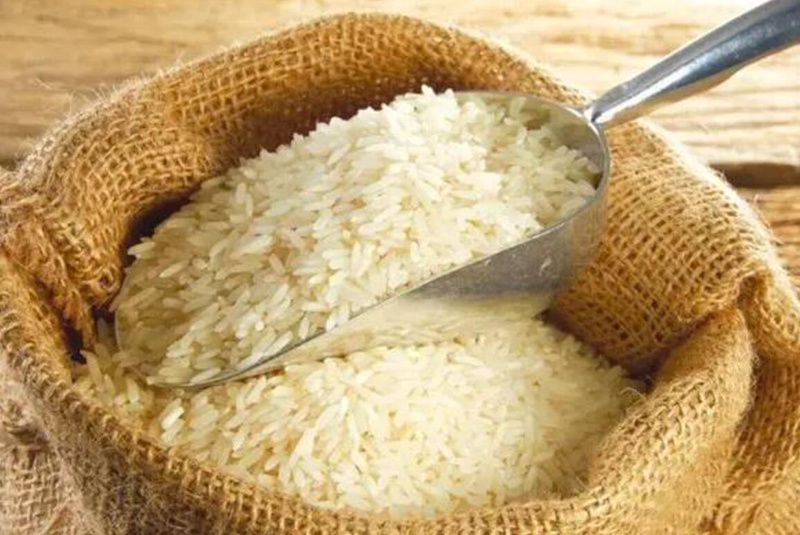
The common mechanical equipment corresponding to various cleaning methods are: screening-primary cleaning screen, vibrating screen, plane rotary screen and high frequency vibrating screen, winnowing-vertical suction duct winnowing device, circulating air separator and suction Air separator, gravity sorting-specific gravity stone removal machine, gravity grading stone removal machine, concentration machine, wheat washing machine and circulating air specific gravity grading stone removal machine, selection-disc selection machine, drum selection machine, Disc drum assembly machine and throwing, magnetic separation-permanent magnet drum, magnetic separator, electromagnetic drum and magnetic steel, impact-impact machine, wheat drier, wheat grater, etc.
